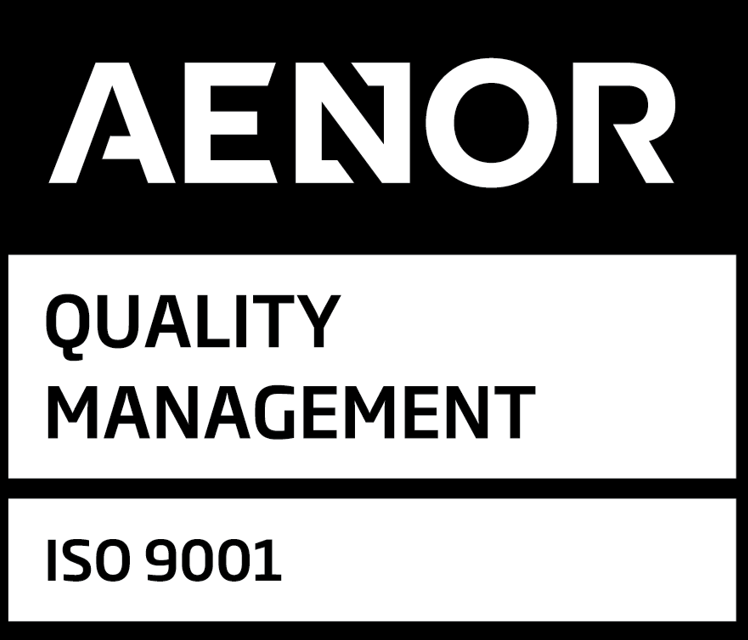
Usability Engineering That Ensures Safety, Compliance & Market Success
Our human factors specialists deliver comprehensive usability engineering services across the entire product lifecycle-from initial planning to final validation-ensuring IVDR, MDR, and FDA compliance for medical devices and IVDs.
User-Centered Design for Medical Technologies
In today’s regulatory landscape, usability engineering is no longer optional-it’s a critical requirement for all medical devices and IVDs. Poor usability contributes to use errors that can compromise patient safety, lead to regulatory rejection, and damage your brand reputation. MDx CRO delivers comprehensive usability engineering services that ensure your products are safe, effective, and compliant with IEC 62366, FDA human factors guidance, and EU IVDR/MDR requirements.
Our team of usability and human factors experts work closely with your development team to integrate user-centered design principles throughout your product lifecycle-from early concept development through formative testing, summative validation, and final regulatory submission. Whether you’re developing a complex diagnostic system, software as a medical device (SaMD), or a simple IVD test, our approach ensures optimal user experience while satisfying global regulatory demands.
Usability Engineering Planning
- Usability Engineering Plans (UEPs) aligned with IEC 62366-1:2015
- Human Factors Engineering Impact Assessment
- User research planning and coordination
- Regulatory strategy for usability/human factors
- Use specification development
- Use environment characterization

User Research & Analysis
- Contextual inquiry and observational studies
- Task analysis and workflow mapping
- Known use problems identification and analysis
- User interface specifications
- Use error analysis and risk assessment
- Comparative analysis of similar devices

Formative Usability Testing
- Formative evaluation planning and protocol development
- Participant recruitment and screening
- Test facilitation across global markets
- Data collection and analysis
- Formative evaluation reports
- UX expert reviews and heuristic evaluations

Summative Usability Validation
- Summative testing protocols aligned with FDA guidance
- Validation study design and execution
- Statistical analysis of usability data
- Human Factors Engineering Reports for FDA submission
- EU IVDR/MDR compliant documentation
- Usability Engineering Files (UEF) compilation

Full Lifecycle Documentation
- Complete Usability Engineering File creation
- Human Factors Engineering Reports (HFER)
- User research synthesis
- Formative and summative dossiers
- Remediation planning for identified issues
- Regulatory submission support documentation

Our Human Factors Approach
A Systematic, User-Centered Methodology
- User and use environment research
- Critical task identification
- Risk analysis for use-related hazards
- Usability Engineering Plan development
- Regulatory strategy alignment
- Early user research and concept testing
- Formative usability evaluations
- Iterative design improvements
- Expert heuristic reviews
- Progressive risk mitigation
- Summative usability validation
- Statistical analysis of results
- Human Factors Engineering Report preparation
- Complete Usability Engineering File compilation
- Regulatory submission preparation
| Regulatory Framework |
|---|
| IEC 62366-1:2015 |
| EU MDR 2017/745 |
| EU IVDR 2017/746 |
| FDA Human Factors |
| Key Requirements | Our Solution |
|---|---|
| Usability engineering process User interface evaluation Use error documentation Usability engineering file | Comprehensive UEP & UEF Structured methodology Complete documentation |
| GSPR 5: Ergonomic design GSPR 11: Easy & safe handling GSPR 21: Controls & indicators GSPR 22.1/22.2: Lay persons | MDR-specific assessments Technical documentation Class-specific approaches |
| GSPR 5: User interface design GSPR 11: Easy & safe handling GSPR 19: self-testing & NPT | IVDR-compliant documentation Self-testing assessments Instructions for use validation |
| Applying Human Factors (2016) Comparative claims HF/UE report submissions | FDA-aligned methodology Complete HFE reports De novo/510(k)/PMA support |
Specialized Device Type Support
Tailored Approaches for Different Medical Technologies
Home-Use, Self-Testing & PoC IVDs
Software & Digital Health
Complex Diagnostic Systems
Critical & High-Risk Devices
| Capability |
|---|
| Medical Domain Expertise |
| Regulatory Integration |
| Global Testing Capabilities |
| Documentation Expertise |
| User Research Methods |
| Combined Formative & Summative |
| Post-Submission Support |
| MDx CRO | Typical Consultants |
|---|---|

Frequently Asked Questions
Ask us a Question-
At what stage of product development should we start usability engineering activities?
Ideally, usability engineering should begin in the earliest concept phases. However, we regularly support clients at all stages-including those who need to remediate existing products or documentation to meet current requirements. Starting early typically reduces costs and development time by identifying issues before they become embedded in your design.
-
What's the difference between formative and summative usability testing?
Formative testing is iterative, conducted during development to identify and resolve usability issues. It’s less formal and focused on improvement. Summative testing is a formal validation conducted near the end of development to verify that the final design meets safety and effectiveness requirements. Both are required by IEC 62366 and FDA guidance, but serve different purposes in your development process.
-
How does MDx handle international usability testing for global markets?
We maintain a network of testing facilities and participant recruitment capabilities across key global markets including the US, major EU countries and UK. We coordinate multi-site studies with consistent protocols while accounting for cultural and linguistic differences, ensuring your device is validated for all target markets.
-
How much documentation is required for usability engineering under IVDR/MDR?
The documentation requirements are substantial but vary based on device classification and intended users. At minimum, you’ll need a Usability Engineering Plan, use specification, formative testing reports, and a Usability Engineering File with a summative evaluation report. For higher-risk or lay-user devices, additional documentation is typically required. Our approach ensures you have exactly what’s needed for your specific device classification.
-
Can you support FDA human factors submissions for medical software?
Yes. We have specific expertise in validating software as a medical device (SaMD), mobile medical applications, and software components of hardware devices. Our approach conforms to FDA’s guidance on human factors for medical software and digital health technologies, including appropriate documentation for various submission pathways.
-
How do you recruit appropriate test participants for specialized medical devices?
We use a proven participant recruitment methodology tailored to your specific user groups. For specialized devices, we work with healthcare professional networks, patient advocacy groups, laboratory networks, and specialized recruitment agencies. We rigorously screen all participants to ensure they accurately represent your intended user population in terms of experience, training, capabilities, and demographics.

Expert Human Factors Engineering for Your Medical Technology
Whether you’re developing a home-use IVD, a complex laboratory system, or an innovative digital health solution, MDx delivers the usability engineering expertise you need for safe, effective products and successful regulatory submissions.
From Concept to Compliance. We Deliver.


